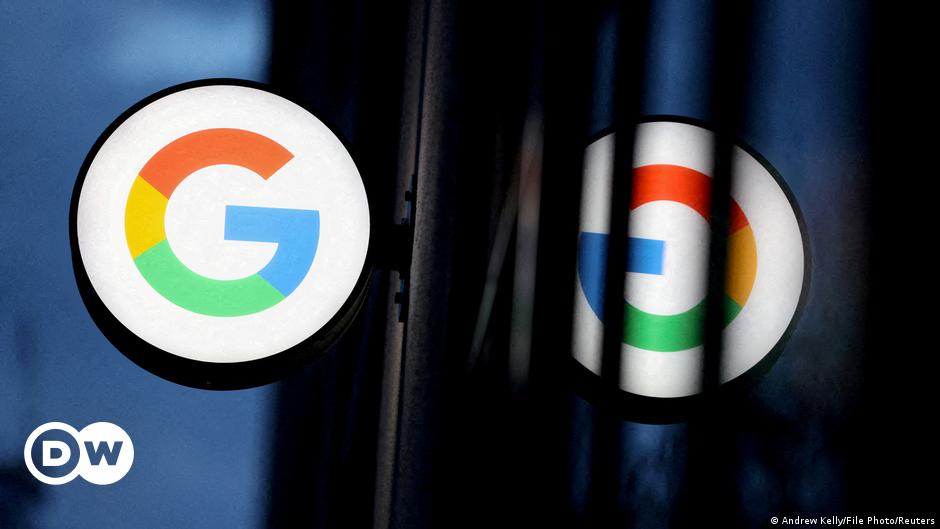TEMPO.CO, Jakarta – Webb Telescope reveals the Cartwheel galaxy, located 500 million light-years from Earth. The observatory’s $10 billion infrared gaze offers a rare view of the wheel and its two smaller companion galaxies against the backdrop of many other galaxies.
Scientists say the display will provide new details about star formation and central black holes galaxy this. Its appearance, like a wagon wheel, is the result of an intense, high-speed collision between a large spiral galaxy and a small galaxy.
Other telescopes, including the Hubble Space Telescope, have already examined Cart wheel, which is in the constellation Sculptor. But the dramatic galaxy has been shrouded in mystery, given how much dust obscures the view.
James Webb’s images and associated NASA videos also offer a new look at how the Cartwheel Galaxy has changed over billions of years. “This image of Cartwheel and its companion galaxy is a composite of the Webb Near Infrared Camera (NIRCam) and the Central Infrared Instrument (MIRI), which reveal details difficult to see in individual images alone,” NASA said.
“Webb’s observations captured the Cartwheel in a very transitional phase. What shape the Cartwheel Galaxy will ultimately take, given these two competing forces, remains a mystery. However, this snapshot gives some perspective on what happened to the galaxy in the past and what it will do in the future,” NASA said.
Collisions of galactic proportions cause different cascades, Cartwheel is no exception. The collision mainly affects the shape and structure of the galaxy.
The Cartwheel Galaxy has two rings – a glowing inner ring and a colored ring around it. These rings extend outward from the center of impact, like ripples in a pond after a stone is thrown into it.
Because of this feature, astronomers call it a “ring galaxy,” a structure less common than spiral galaxies like our Milky Way. The bright core contains large amounts of hot dust, with the brightest areas hosting young giant star clusters.
On the other hand, the outer ring, which has been stretching for about 440 million years, is dominated by star formation and supernovae. As this ring expands, it penetrates the surrounding gas and triggers star formation.
However, studying the finer details of the dust that inhabits galaxies requires Webb’s Central Infrared Instrument (MIRI).
MIRI data is colored red in this composite image, revealing regions of the Cartwheel galaxy rich in hydrocarbons and other chemical compounds, as well as silicate dust, like most dust on Earth.
These regions form a series of spiral rays that essentially form the backbone of the galaxy. The rays were clearly visible in previous Hubble observations published in 2018, but they become much more prominent in this Webb image.
While Webb gives us an idea of the current state of the wheel, he also gives insight into what happened to this galaxy in the past and how it will develop in the future.
Last month, dazzling and unprecedented telescope images of “star nurseries”, dying stars shrouded in dust and a “cosmic dance” between clusters of galaxies were revealed to the world for the first time.
This ends months of waiting and rushed anticipation as people everywhere are treated to the first batch of treasure troves of images that will culminate in the universe’s first appearances.
Webb’s infrared abilities mean he can ‘look back in time’ to just 100-200 million years since the Big Bang, allowing him to snap photos of the first star to shine in the dark. universe more than 13.5 billion years ago.
The first images of a nebula, an exoplanet and a cluster of galaxies sparked huge celebrations in the scientific world and were hailed as a “great day for humanity”. Researchers will soon begin to learn more about the mass, age, history and composition of galaxies, as Webb seeks to explore the earliest galaxies in the universe.
DAILY MAIL
Lily:
Webb Telescope shows South Ring Nebula 2,500 light-years away
Still updates up-to-date information. Listen recent news and selected news from Tempo.co on the Telegram channel “Tempo.co Update”. Click on https://t.me/tempodotcoupdate join. you have toinstall Telegram app first.

“Travel nerd. Social media evangelist. Zombie junkie. Total creator. Avid webaholic. Friend of animals everywhere. Future teen idol.”






